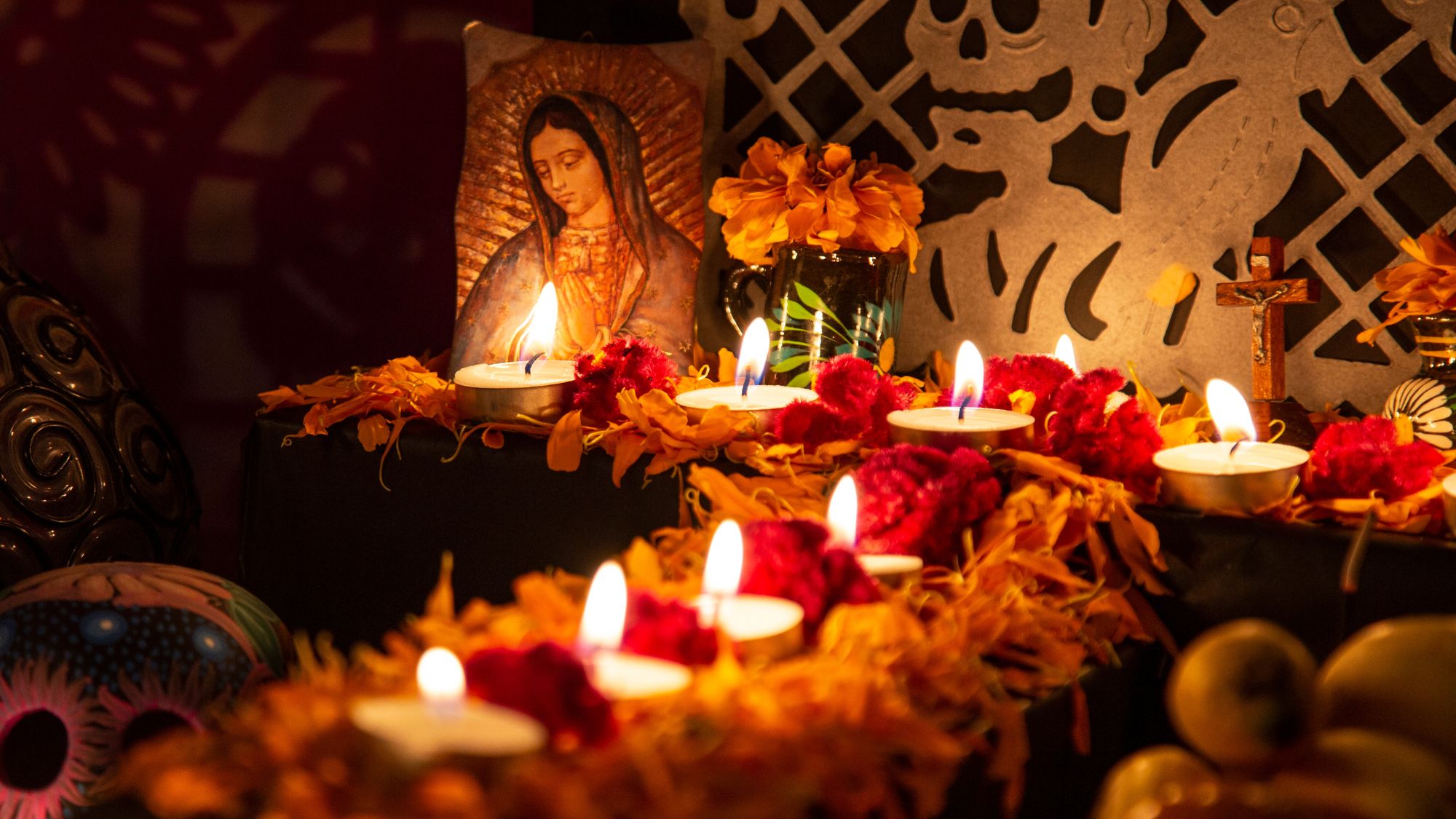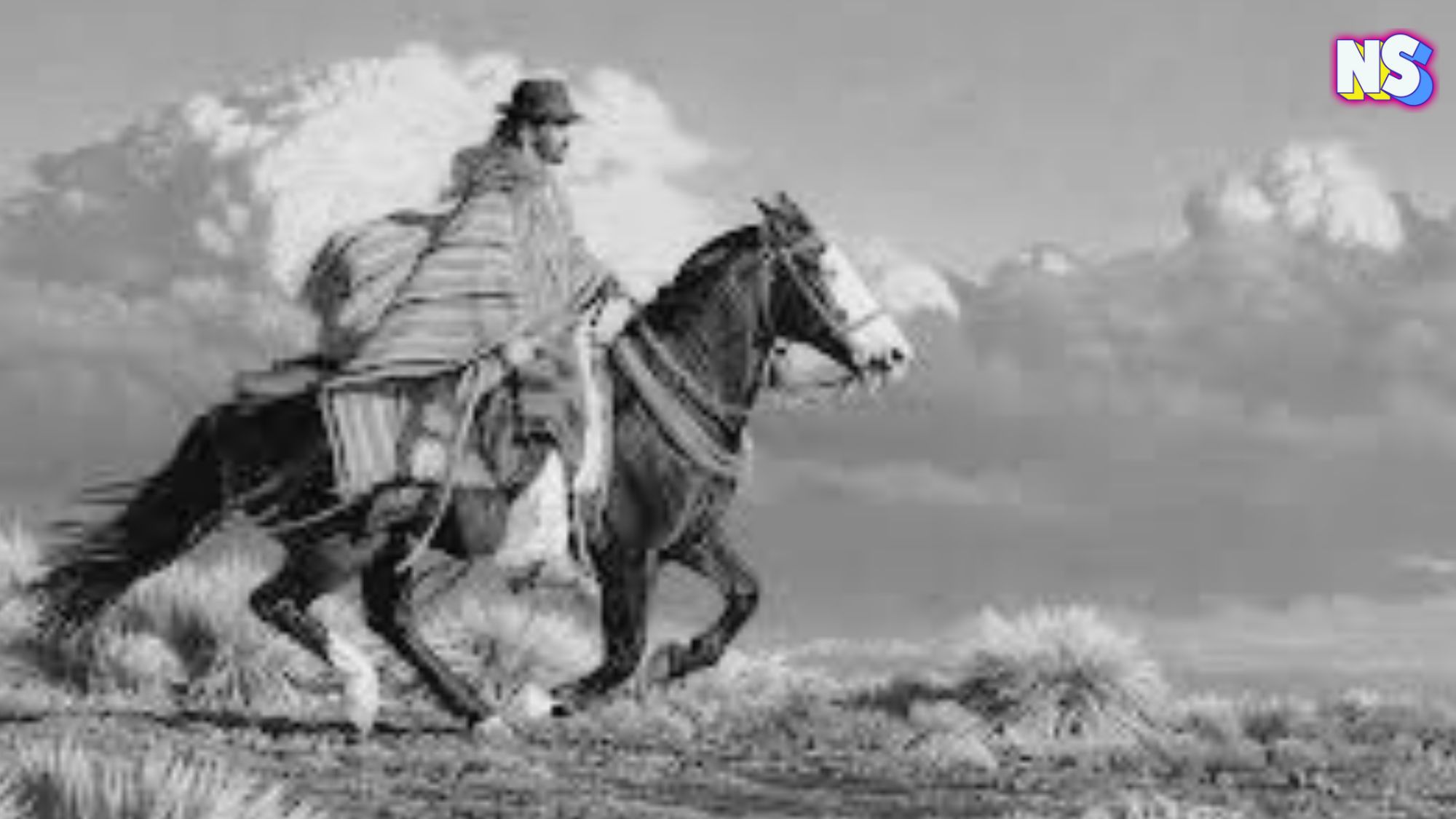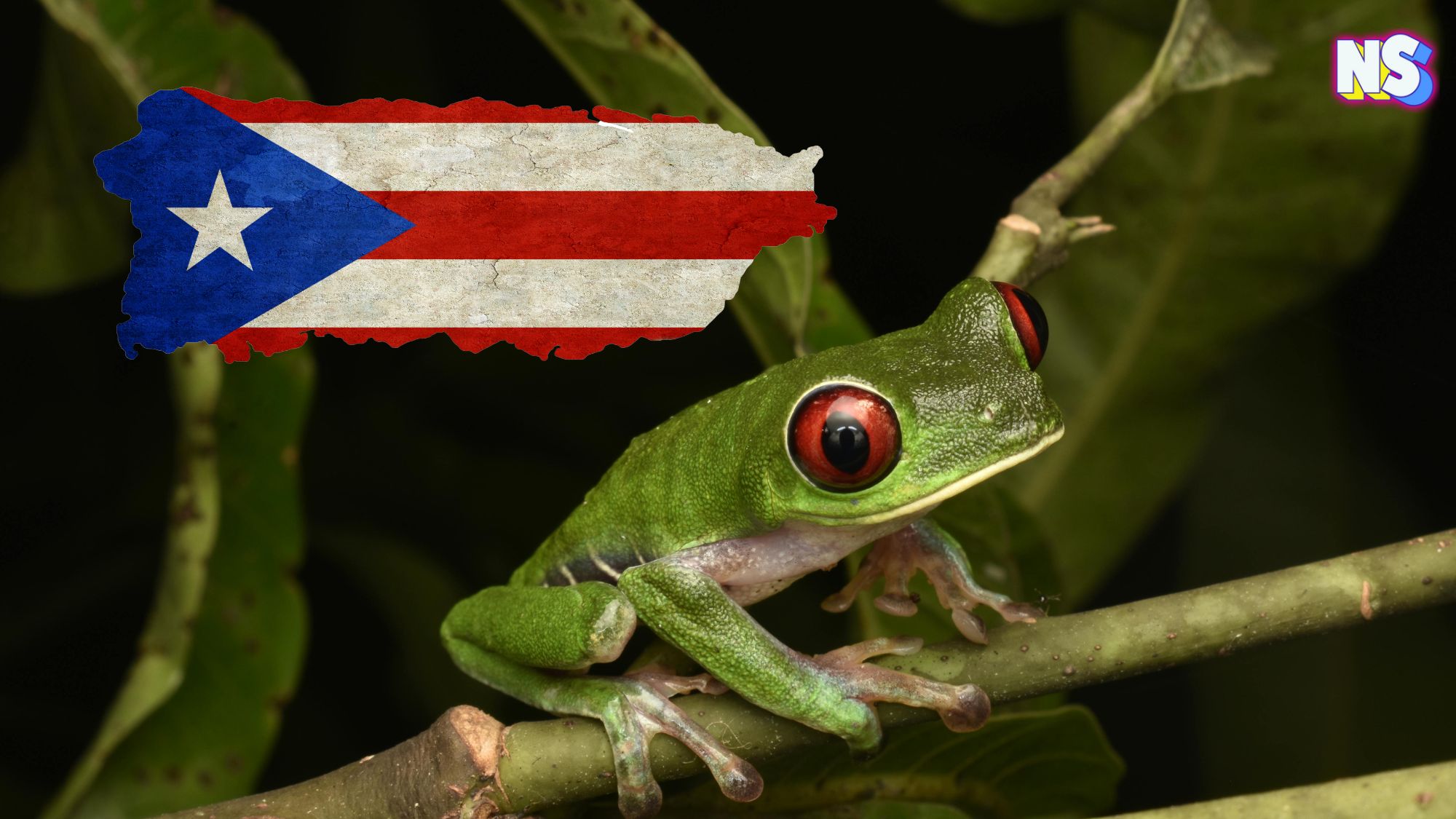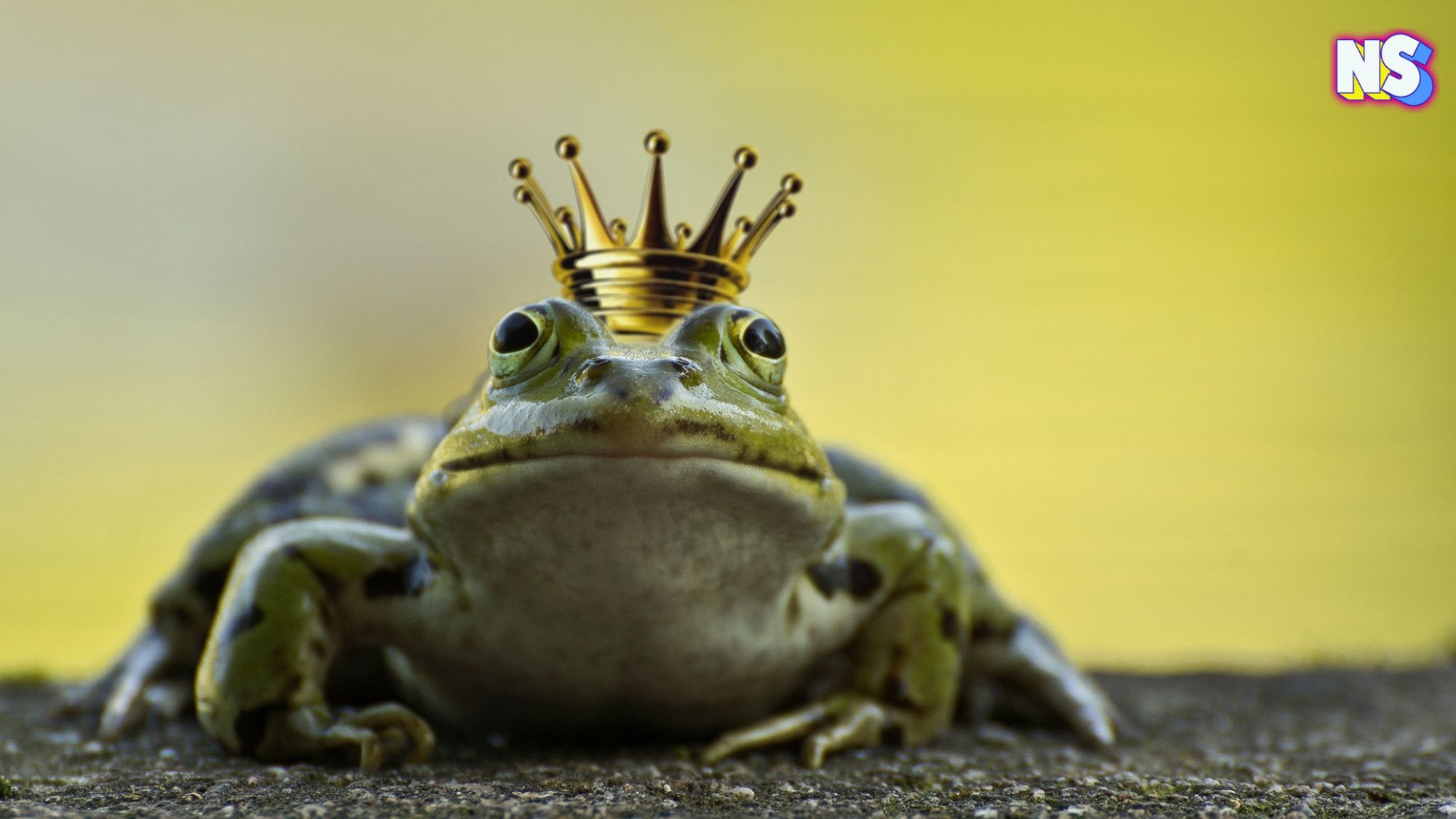Have you ever wondered how to truly honor loved ones who have passed on? For many, the answer lies in building an ofrenda, or altar, for Dia de Muertos, aka the Day of the Dead.
The ofrenda, which means”offering” in English, is the centerpiece of this holiday, which is celebrated on November 1 and 2.
“Like the people they represent, each offering on an ofrenda is unique in its own way. The true purpose is to celebrate and reconnect with the memory of your loved ones,” KSAT 12 news explains.
But did you know that these one-of-a-kind altars consist of tiers that symbolize different realms of existence? There are three levels of the Dia de Muertos ofrenda.
@brendaanngermann Part 1 of my Altar ????️????✨ #diadelosmuertos #diademuertos #cempasuchil #ofrendasdeldiademuertos #dayofthedead #ofrendas #noviembre1 #cocodisney
♬ original sound – chelc
The Levels of the Dia de Muertos Ofrenda
The traditional design of an ofrenda consists of three levels, each symbolizing a different aspect of existence: the heavens, the earth, and the underworld.
Top Level: The Heavens
The highest tier represents the heavens and is dedicated to the spirits of the loved ones being honored. It is here that families place photographs of the deceased alongside religious images such as saints or the Virgin Mary, depending on their beliefs. This level is meant to symbolize the eternal resting place of the souls, connecting the physical world with the spiritual realm. Brightly colored papel picado (cut paper decorations) often adorn this level, representing the wind and the fragility of life.
Middle Level: The Earth
The middle tier represents the earthly world and the comforts of life. This is where families place offerings of food, drink, and items that their loved ones enjoyed in life. Traditional foods like pan de muerto (a special bread), tamales, and mole are often included, as well as beverages like water, tequila, or favorite sodas. Objects that reflect the hobbies or passions of the deceased are also placed here—perhaps a musical instrument, a favorite book, or even a piece of clothing. The goal is to make the spirits feel welcome by surrounding them with the things they loved when they were alive.
Bottom Level: The Underworld
The lowest level of the ofrenda represents the underworld, or Mictlan, as it was known in pre-Hispanic traditions. It symbolizes the journey that the spirits must make to return to the world of the living. Traditionally, this level is decorated with symbols of the earth’s bounty—corn, pumpkins, beans, and marigolds. Marigolds, known as cempasúchil, are particularly significant because their bright orange color and strong scent are believed to guide the spirits back to the living. This level often includes a basin of water or soap so that spirits can cleanse themselves after their journey.
@fernandacortesx Put your heart into it and thats what itll make it special ❤️ #diademuertos #diadelosmuertos #diadelmuerto #ofrenda #altar #mexico #mexican #dayofthedead
♬ original sound – bellbeanaudios
A Universal Tradition with Personal Touches
While the structure of the ofrenda follows certain traditions, each one is unique to the family that builds it. Some altars are simple, while others are elaborate. Some families add as many as seven levels, each with its own significance, often incorporating religious saints or family customs. The beauty of the ofrenda is its flexibility.
@jessicaalba Honoring those who are no longer with us – te amo siempre ❤️✨ #Ofrenda #DiaDeLosMuertos
♬ La Llorona – Ángela Aguilar
“… you are offering everything that your loved one loves. So you are waiting them with all the special things,” Erika Espinosa, of Colores Mexicanos, in Chicago, Ill., tells Parade.
How will you honor your loved ones this Día de Muertos?





